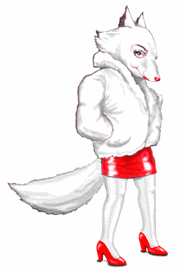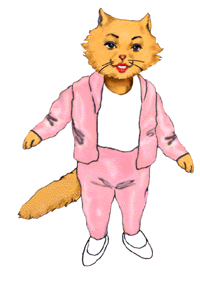|
|
|
|
|
|
FIRST THINGS FIRST In order to read in an effective manner it is important to realize the sounds that are associated with each letter. All letters (symbols) have sounds that they represent. Some even have multiple sounds. Our exercise will be to learn the different sounds that are produced when each letter (character) is joined with another. The first thing that must be done is to learn the sound or sounds of each letter. In so doing, the learner will be learning the alphabet. Before the learner can read effectively, he/she must know the alphabet. USING THE PHONETIC CHART At this point the facilitator will have the student use a model phonetic chart. The charts are found in the back of the workbook. Please ask the student to copy the model "A" chart by hand, making it as neat as possible. The facilitator will Practice saying each letter with the student. Each day, for five days (mon-fri), have the student make the chart. As the learner makes the chart, ask them to pronounce each letter that they write. Each day after the completion of the chart, have the student try to say the alphabet. Any letter that the student has trouble pronouncing, the facilitator should provide assistance. The facilitator is to attempt to ascertain the students area of difficulty. Practice this procedure everyday for five days, at the end of this time, if the student does not know the alphabet, the facilitator and student will then start again (five more days). The facilitator will bring to the student's attention how the mouth is shaped as each letter is spoken. It is important for student and facilitator to discuss what the student is feeling when he/she sounds each letter. The facilitator can ask the learner such things as, where are the lips, where is the tongue, how do teeth and tongue interact, and are you breathing in or out? This is important so that the student learns how the voice, breathe, and the whole mouth, nose, jaw, throat, nasal passages and face work together or with each other to form sounds. The letters A-E-I-O-U-(Y), at the top of the practice charts are known as vowels. As we practice the alphabet we will also learn the sound of the vowels. The vowel sounds are slightly different in English than they are in other languages. The facilitator should now direct the students attention to the sounds that are made when each letter is attached to a vowel. When vowels are attached to consonants some vowels will have more than one sound. In the language that is known as English, each letter is "not" distinctive, which, is contrary to most other languages. It is important to note the different pronunciation that IS "distinctive" to American English. In English, words are not pronounced the way that they are spelled, whereas, in most other languages, words are pronounced exactly the way that they are spelled. |
|
|
|
Katrina Katz says, "Snowfox McQueen come and learn more about reading"
|



